Understanding the Causes of Creaking Floors
Creaking floors are a common issue in many homes, especially in older buildings. The noise can be bothersome, but understanding the root causes can help you identify the best solution. Typically, floor creaks are caused by a combination of moisture, movement, and age. Below are some of the most frequent causes:
- Loose floorboards or planks
- Moisture changes causing wood to expand and contract
- Old or weakened nails or screws
- Structural shifts or settling of the foundation
How to Fix Creaking Floors
Fixing creaking floors can be relatively simple, depending on the source of the noise. There are several DIY methods you can try before calling in a professional.
Step 1: Locate the Source of the Creak
Start by identifying which areas of the floor are creaking. You can walk around the room and apply pressure on different sections to pinpoint the exact spots. Once you find the creaky boards, inspect them closely for any loose nails or gaps between the floorboards.
Step 2: Tighten Loose Floorboards
If the floorboards are loose, use screws or nails to tighten them back in place. Screws are often more effective than nails for securing the boards. Use wood screws that are long enough to go through the board and into the subfloor.
Step 3: Apply Lubrication to Reduce Friction
For squeaky areas where the boards rub against each other, applying a lubricant like powdered graphite, talcum powder, or even WD-40 can reduce the friction causing the noise. Sprinkle the powder between the boards and work it in with a broom. This method works well for minor creaks and is especially useful when you cannot access the underside of the floor.
Step 4: Secure the Subfloor
If the problem persists, the issue may be with the subfloor. Securing the subfloor with additional screws or fasteners can help reduce the movement causing the creaks. You may need to lift the carpet or flooring in affected areas to access the subfloor.
Step 5: Add Shims or Foam Between Floorboards
Sometimes, small gaps between the floorboards can contribute to squeaks. In such cases, inserting shims or foam into the gaps can help stabilize the boards and reduce noise. Be sure to choose materials that are durable and won't break down over time.
Step 6: Consider Floor Repair or Replacement
If none of the above methods work, the floorboards may be too damaged to fix with DIY methods. In this case, it might be necessary to replace the boards or even the subflooring. Consult a professional if you believe the problem is structural in nature.
Preventing Future Creaking Floors
Once you've fixed the current creaking, it's important to prevent future issues. Here are a few tips:
- Maintain proper humidity levels in your home to prevent wood from expanding and contracting.
- Use quality materials and ensure proper installation when repairing or replacing flooring.
- Regularly inspect the floor for signs of wear, especially in high-traffic areas.
When to Call a Professional
While most creaking floors can be fixed with DIY methods, some situations may require professional attention. If the problem is severe, involves structural damage, or if you're unsure about how to proceed, it’s best to consult a flooring expert or contractor to avoid further complications.


 English
English 中文简体
中文简体 Français
Français
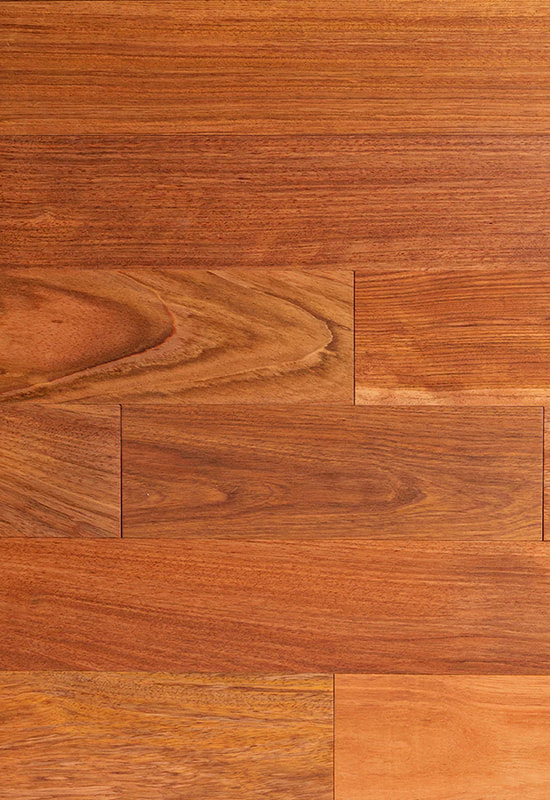
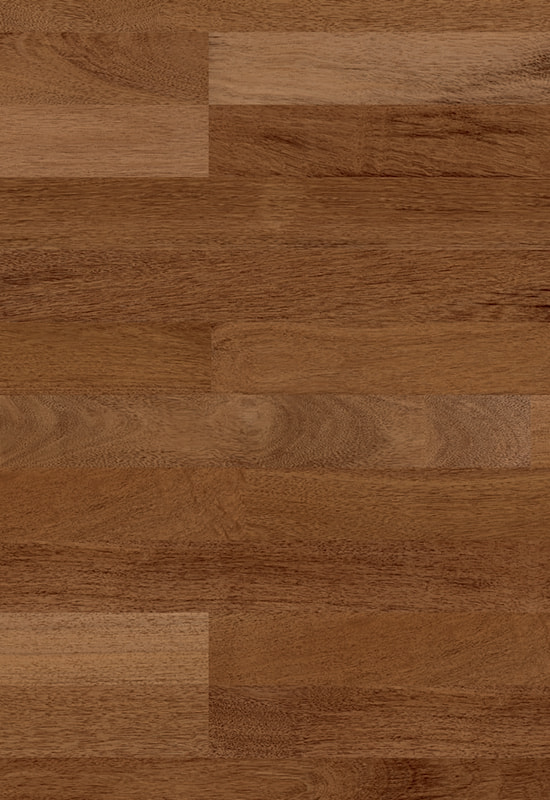
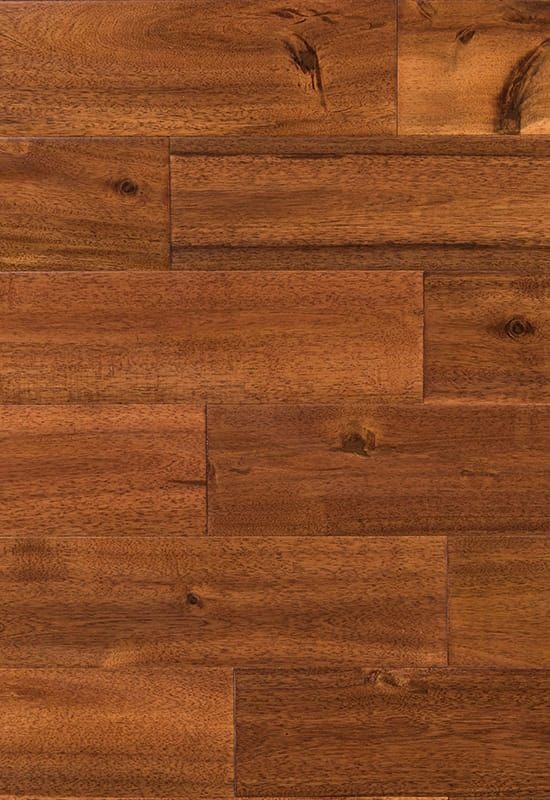
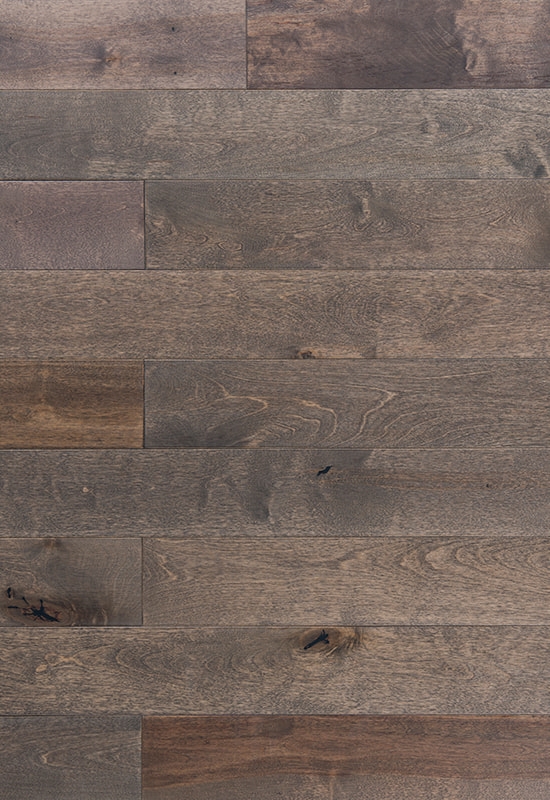
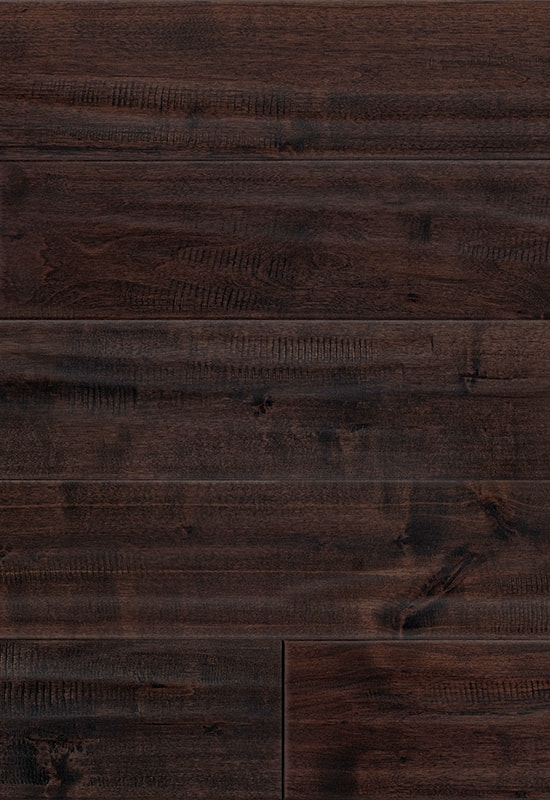
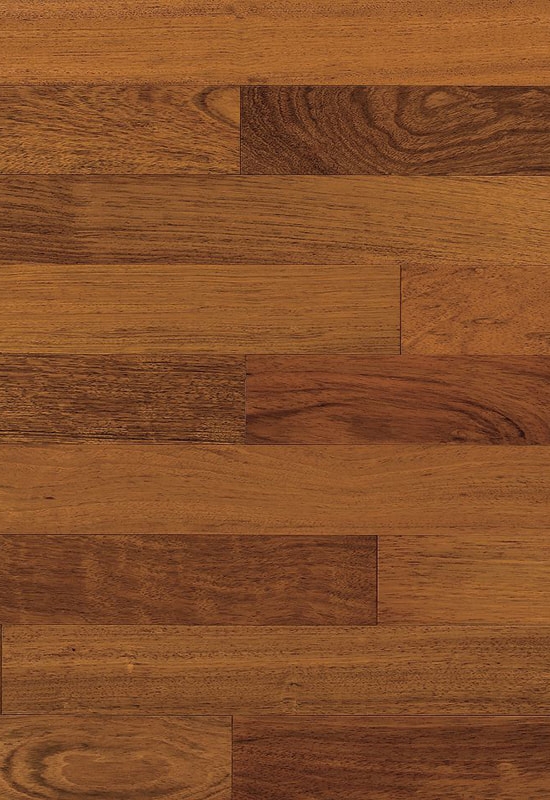
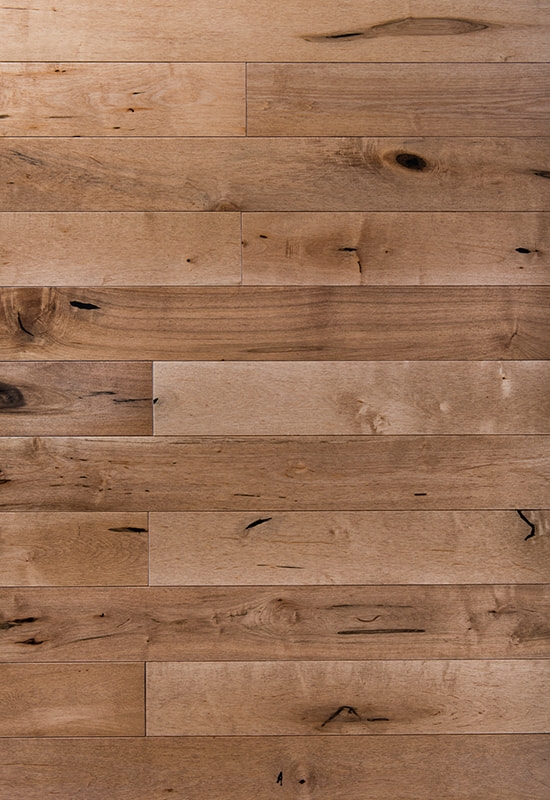
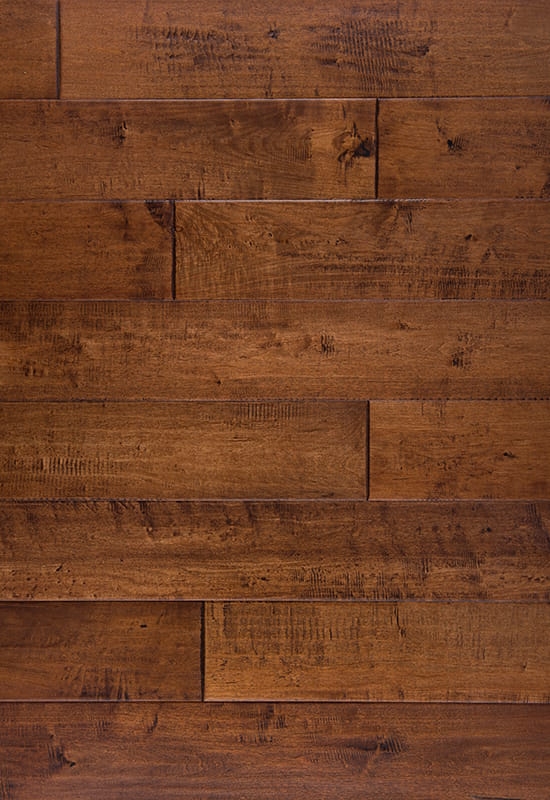
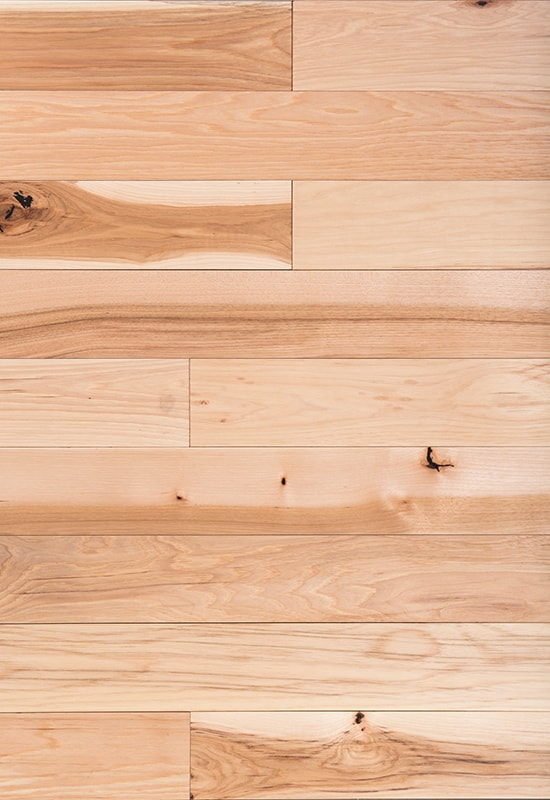
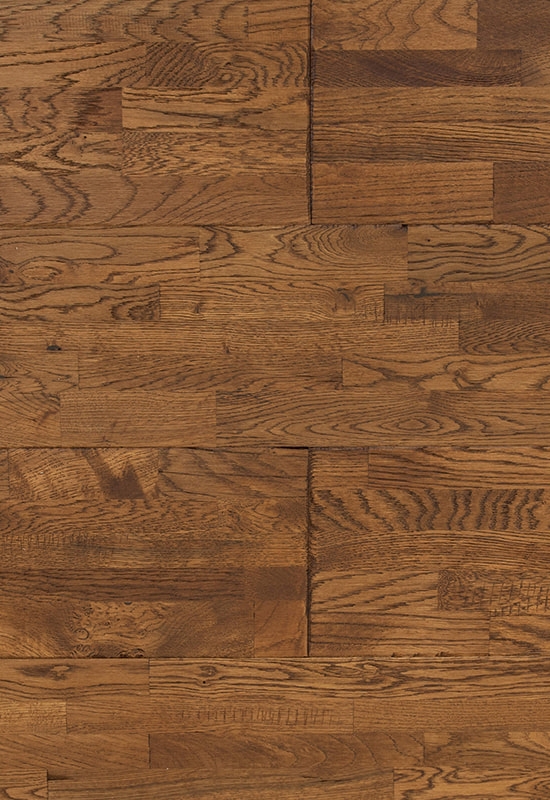
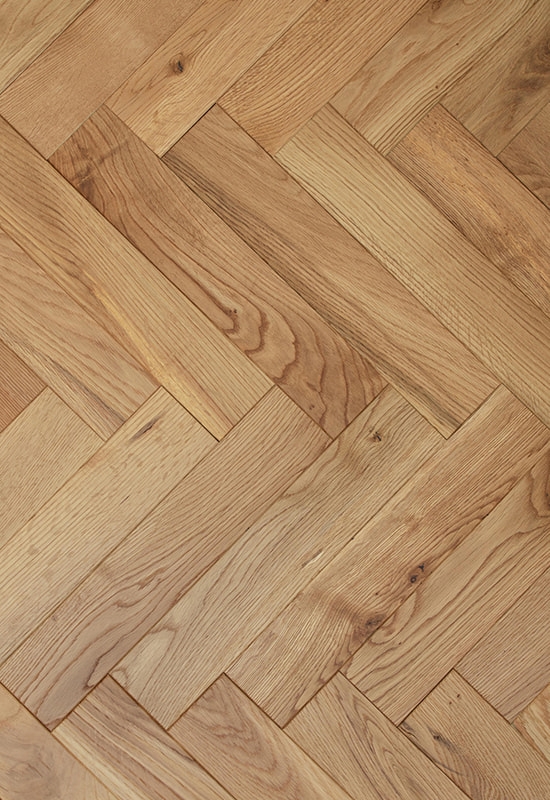
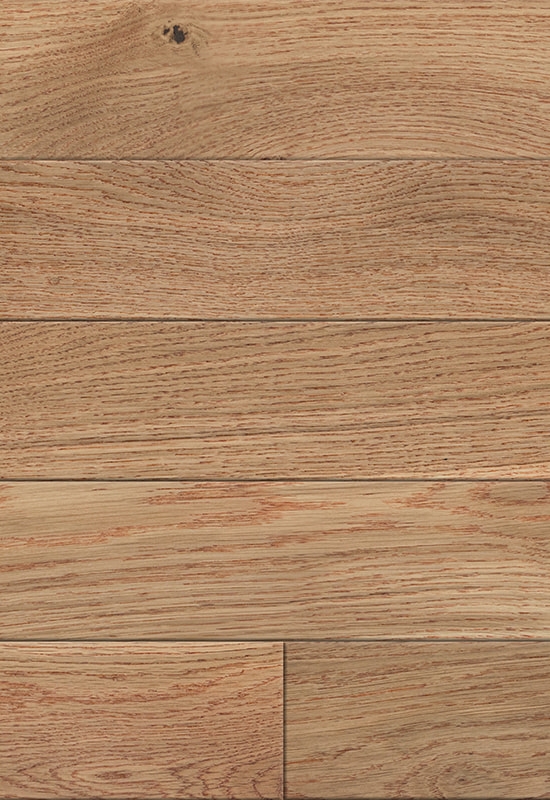

 +86-572-2118015
+86-572-2118015 No.598. Gaoxin Road, Huanzhu Industrial Zone, Huzhou City, Zhejiang Province, China, 313000
No.598. Gaoxin Road, Huanzhu Industrial Zone, Huzhou City, Zhejiang Province, China, 313000 